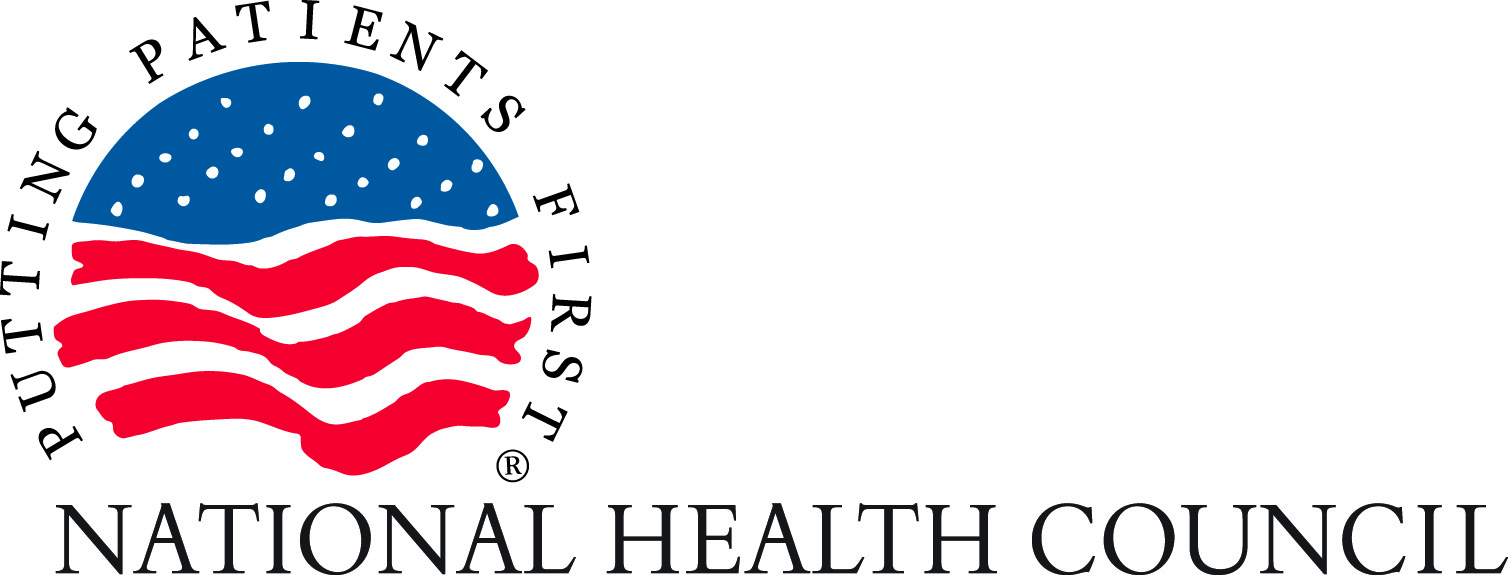The National Health Council Announces the Release of a Rubric to Capture the Patient Voice
07/11/2019
By Silke Schoch, Senior Associate, Programs
Over the past few decades a cultural shift has been occurring in the health care ecosystem. There is finally broad consensus in the US and globally that patients should be engaged in all aspects of health, from research, to developing a new treatment, to care delivery, and in policy. However, there remains confusion about and misuse of what it means to be patient centered and how to achieve meaningful patient engagement. To this end, the National Health Council (NHC) has created the NHC Rubric to Capture the Patient Voice: A Guide to Incorporating the Patient Voice into the Health Ecosystem.
The purpose of the NHC Rubric to Capture the Patient Voice (Rubric) is to provide a tool the patient community or any other health care stakeholder can use to evaluate attributes of patient centeredness and to guide them on meaningful patient engagement throughout any activity they might undertake. It is an all-purpose tool to assist users across the health ecosystem. Potential uses might include, but are not limited to, patient engagement in health care policy, quality-measure development, shared decision-making, value assessment, product development, etc.
The Rubric describes: Definitions, such as patient community, patient engagement, and patient-provided information; hallmark characteristics of patient centricity; how to assess meaningful patient engagement; examples of meaningful patient engagement and patient centeredness; and real-world patient-engagement vignettes.
The Rubric is not intended to replace other patient engagement/centricity rubrics and guides that promote patient centricity in specific applications. For example, more specific toolkits include those developed by Patient-Focused Medicines Development (PFMD), which specifically apply to drug development, or the NHC’s Value Model Rubric. This Rubric is intended to encourage development of more of these specific tools in areas where they do not exist.
To learn more about the Rubric, please listen to our webinar, which will be available here next week, or download a copy of the Rubric. We are also very interested in feedback on the Rubric and experiences implementing it. Please submit your feedback.

